Located alongside vast salt fields, the people here have been closely associated with "white rice and salty salt" for generations, considering it their primary means of livelihood.
Mr. Le Van Thuan, from Hoa Loc commune, a salt farmer with over 40 years of experience in the Tam Hoa Cooperative, shared: "Salt farming is extremely hard work. You have to wake up early in the morning, and only when the sun is strong can you get salt. If it rains, it's all for nothing; all the effort of raking the land and drying the seawater for several days goes down the drain."
Salt production is entirely dependent on the weather. On sunny days, when the outdoor temperature can reach over 40 degrees Celsius, people have to wear conical hats, long-sleeved shirts, and cover themselves completely to protect against the scorching sun. But the hotter it is, the faster the salt crystallizes, ensuring a good yield.
The salt here is made using traditional methods. The first step is preparing the ground, then shoveling the soil onto the drying area, and pouring saltwater from the tank onto the drying yard. Next, the sand is soaked in seawater, dried, and filtered multiple times.
After drying the soil, the next step is to scoop it up and filter out the saltwater, then pour the saltwater from the tank onto the drying area. Finally, after drying for about a day, when the salt begins to crystallize, it's time to harvest.
Without any machinery, all stages, from pumping water and tending the salt fields to harvesting and transporting, are done by hand.
Mr. Le Van Loc from Hoa Loc commune said: "Salt making usually starts from February to August (lunar calendar). Each day, two people working together can produce 100 kg of salt. Some days the sun is so strong that our feet get blisters from stepping on the hot salt floor. But we still have to work, because if we don't work today, we won't have anything to eat tomorrow."
According to experience, the hotter the sun, the better the quality of the salt. Therefore, these days, many salt farmers are out in the fields working.
Every day, between 3 PM and 5 PM, when the seawater evaporates, leaving behind pure salt crystals on the concrete surface, the locals harvest the salt and transport it to their warehouses, waiting for the day to sell it.
Each grain of salt produced represents a significant amount of hard work, a sacrifice of the sun for sustenance, and the crystallization of sweat into the essence of the sea.
Despite the hard work, income from salt production is unstable. The price of salt depends on the market, sometimes reaching 2,000 VND/kg, and other times dropping to only 800–1,200 VND/kg.
Furthermore, climate change, with its unpredictable weather patterns of rain and sunshine, makes the salt-making industry even more precarious.
Locals say that the income from salt production is not enough to support their families, so many young people have left the profession to work in the city, leaving only the elderly to remain on the salt fields.
Despite many difficulties, salt production in Hoa Loc still survives. The elderly still cling to their work, those with gray hair still going to the fields from dawn till dusk as a way of life. They work not only to earn a living, but also to preserve the soul of their coastal village, to maintain a precious traditional culture.
Hoang Dong - Phuong Do
Source: https://baothanhhoa.vn/nhoc-nhan-diem-dan-255343.htm




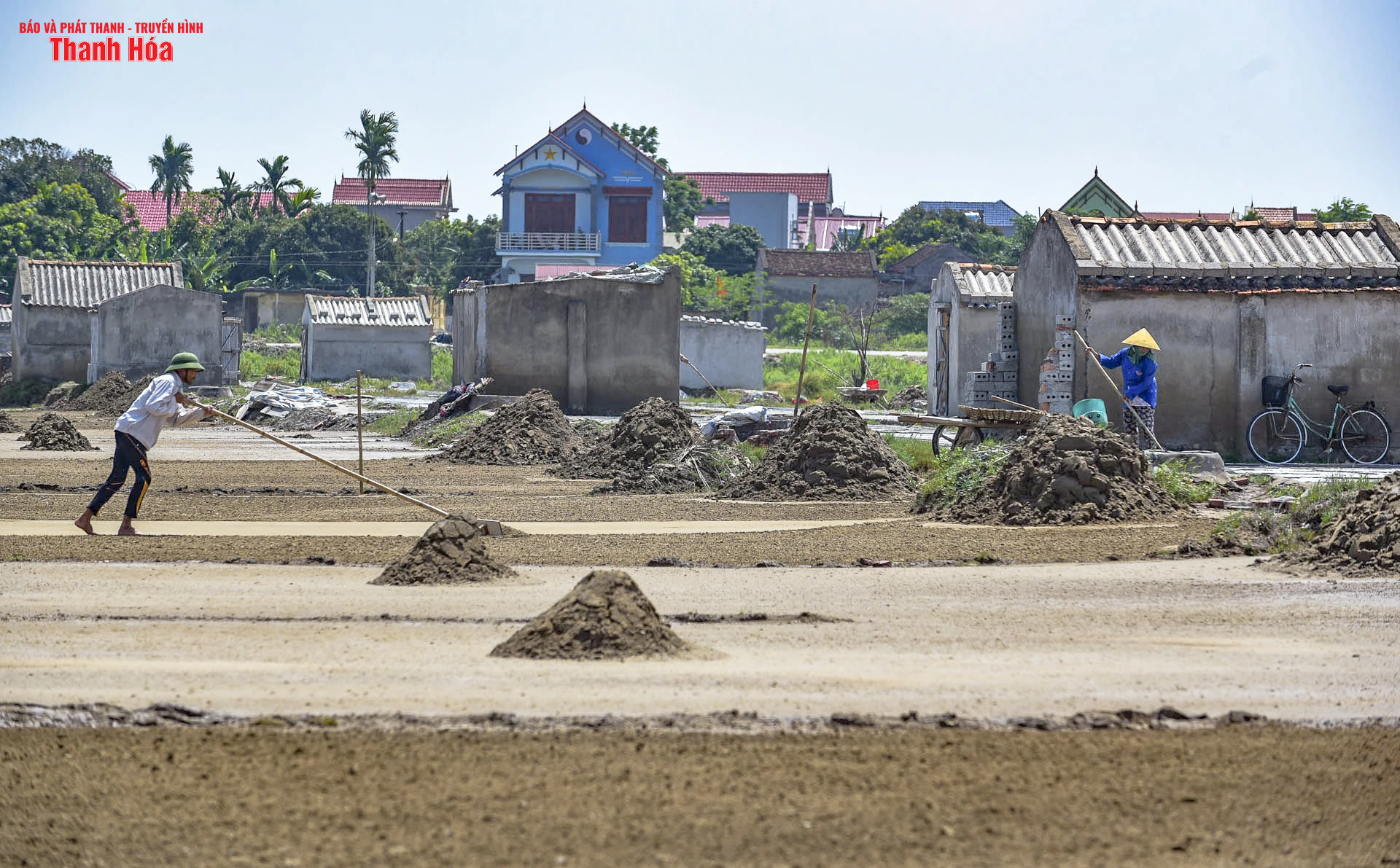
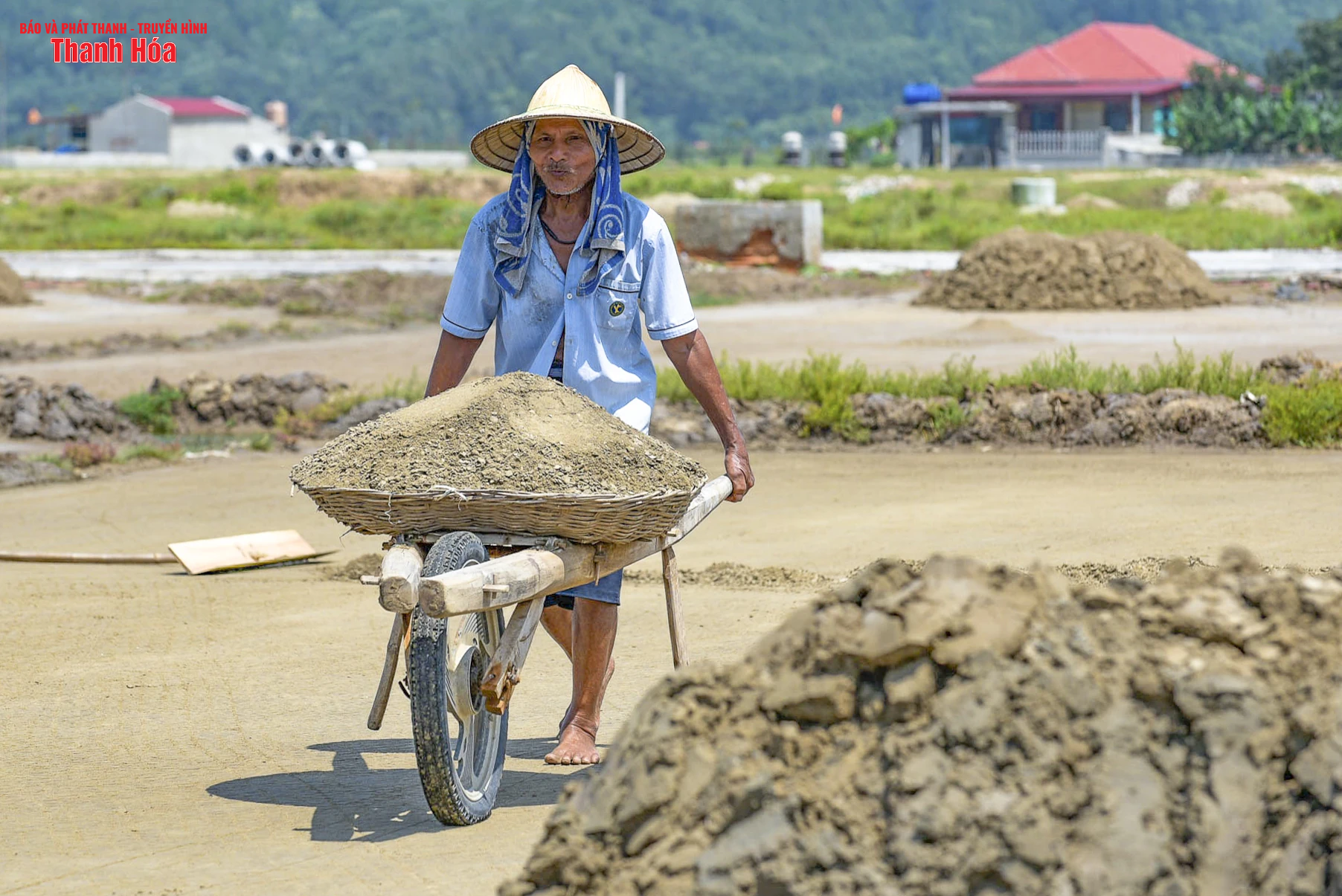
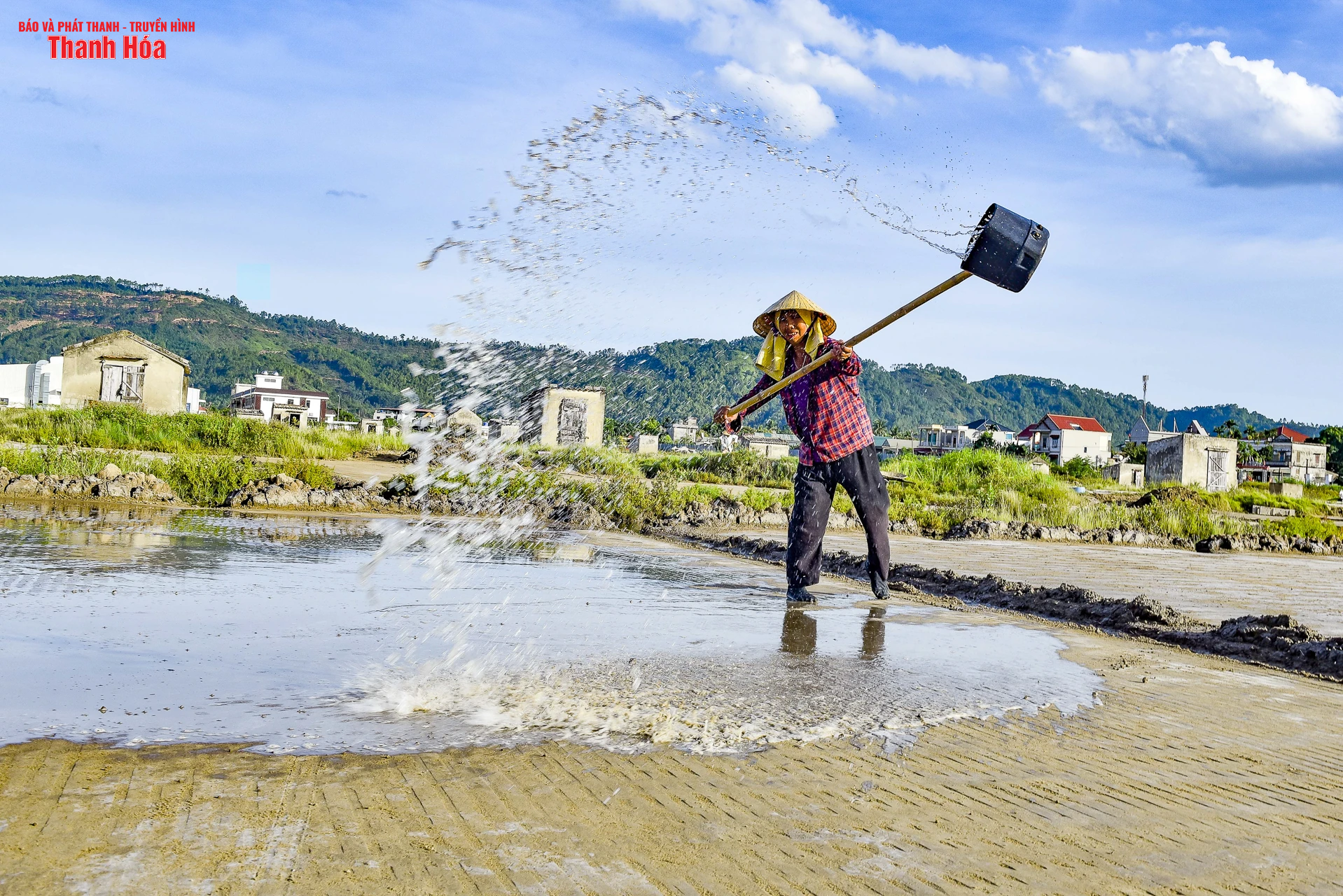
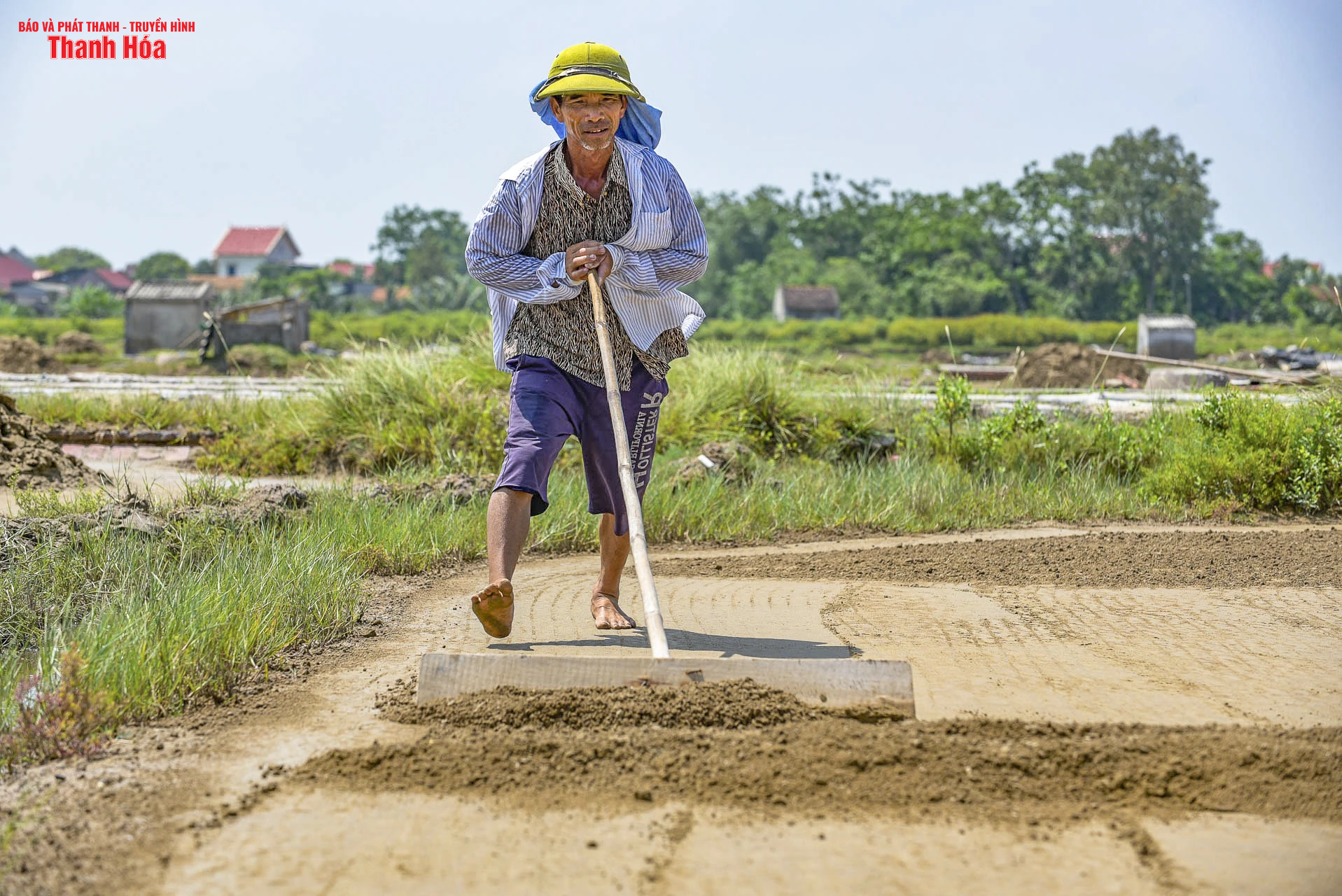
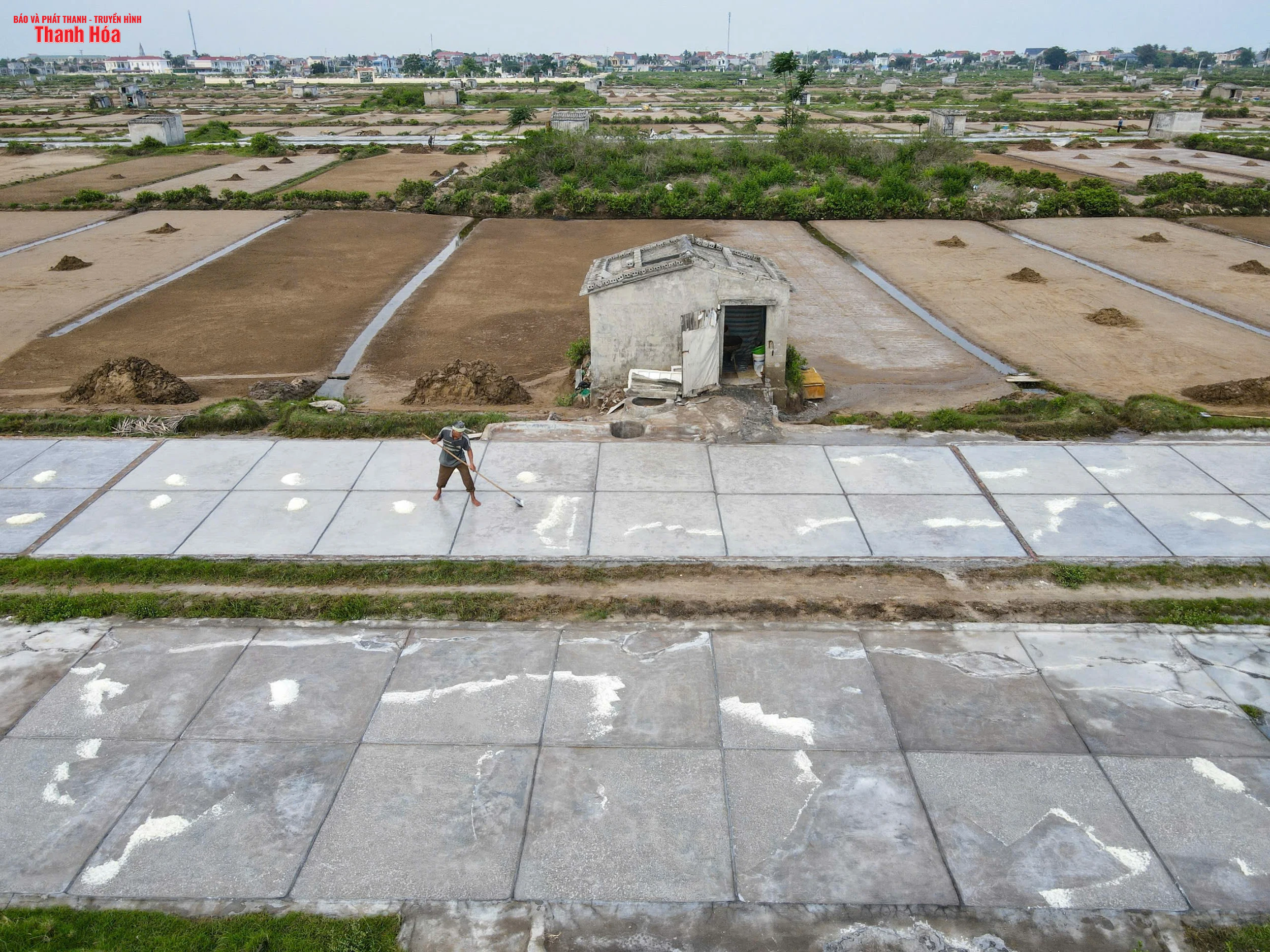
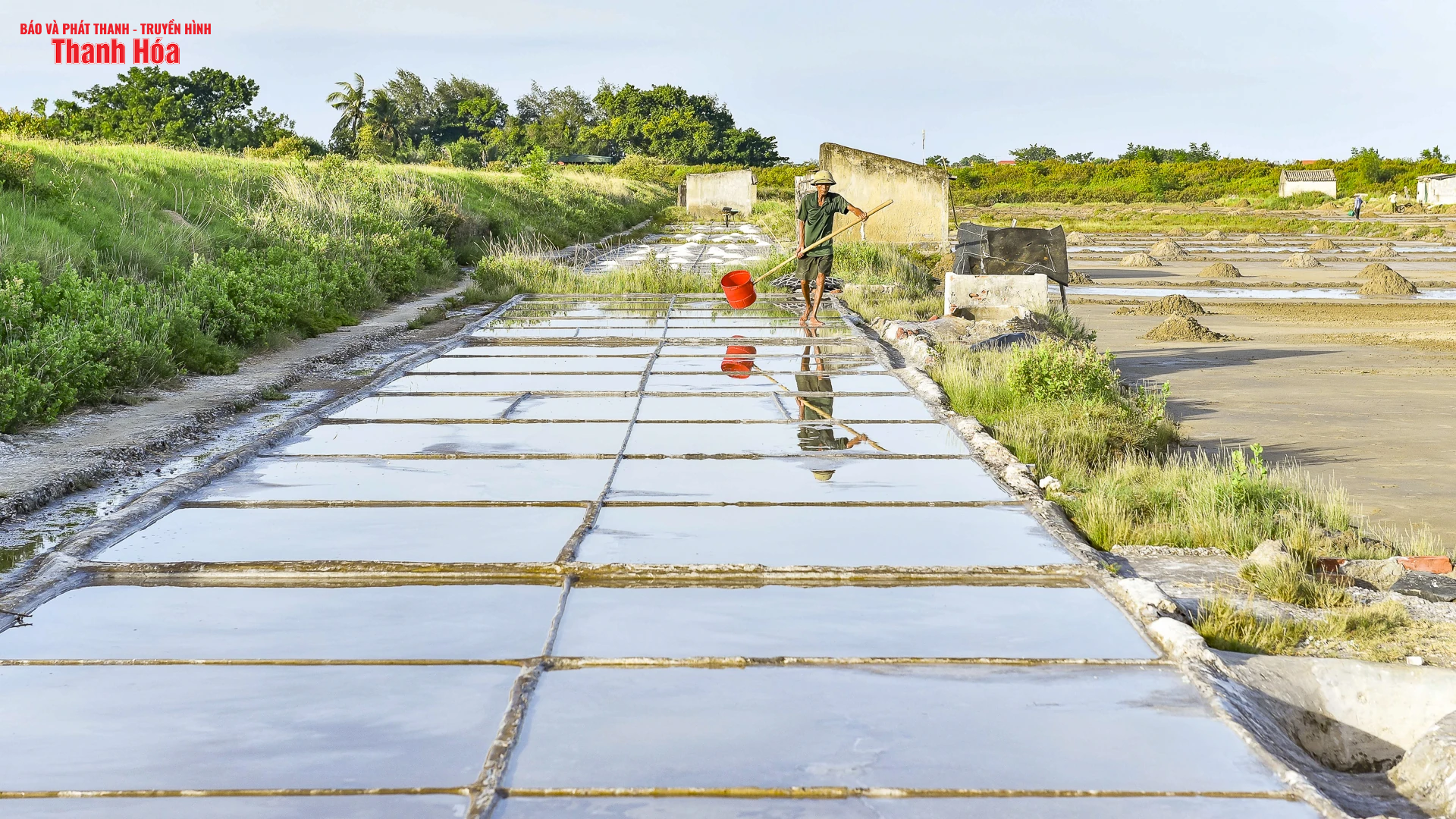
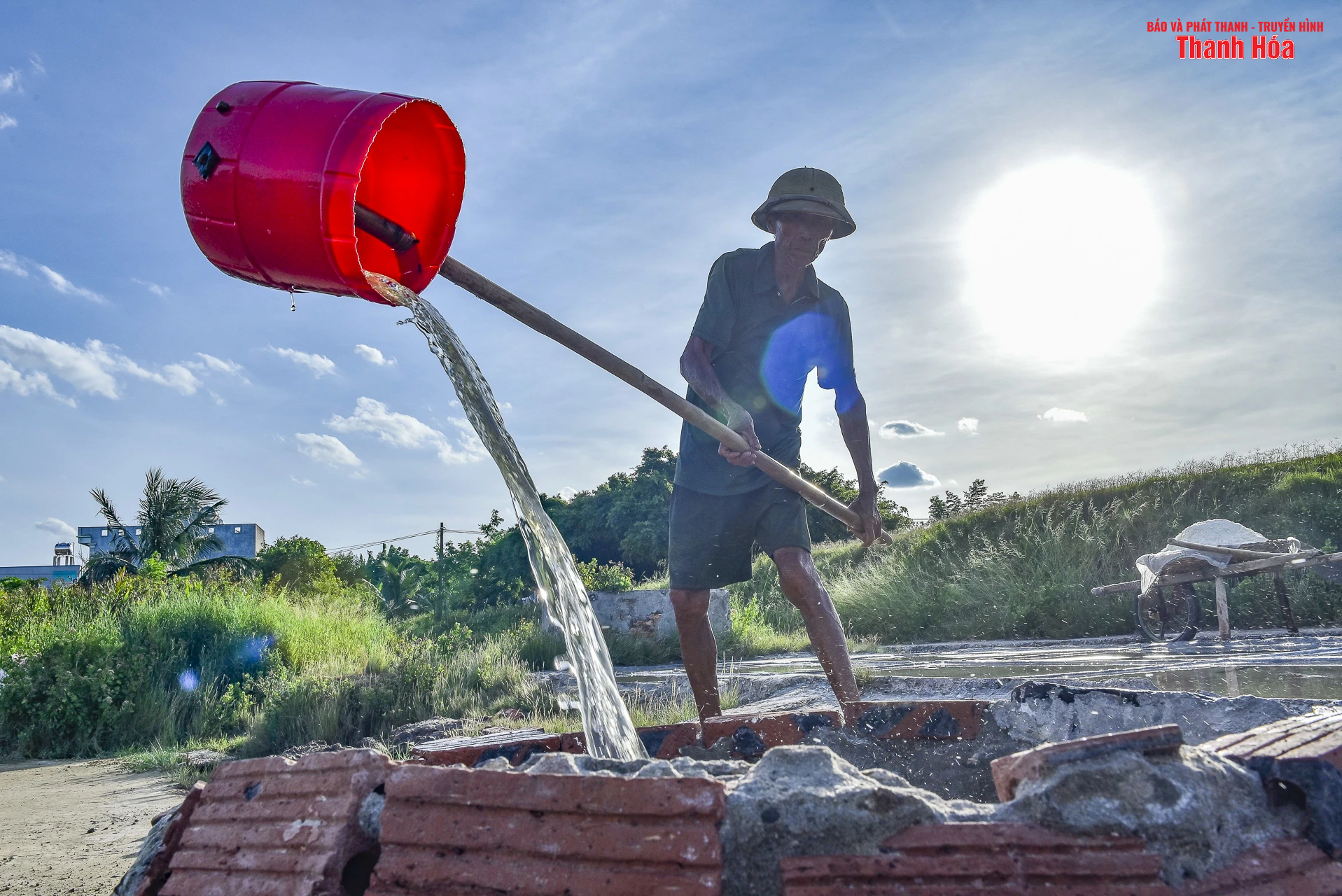
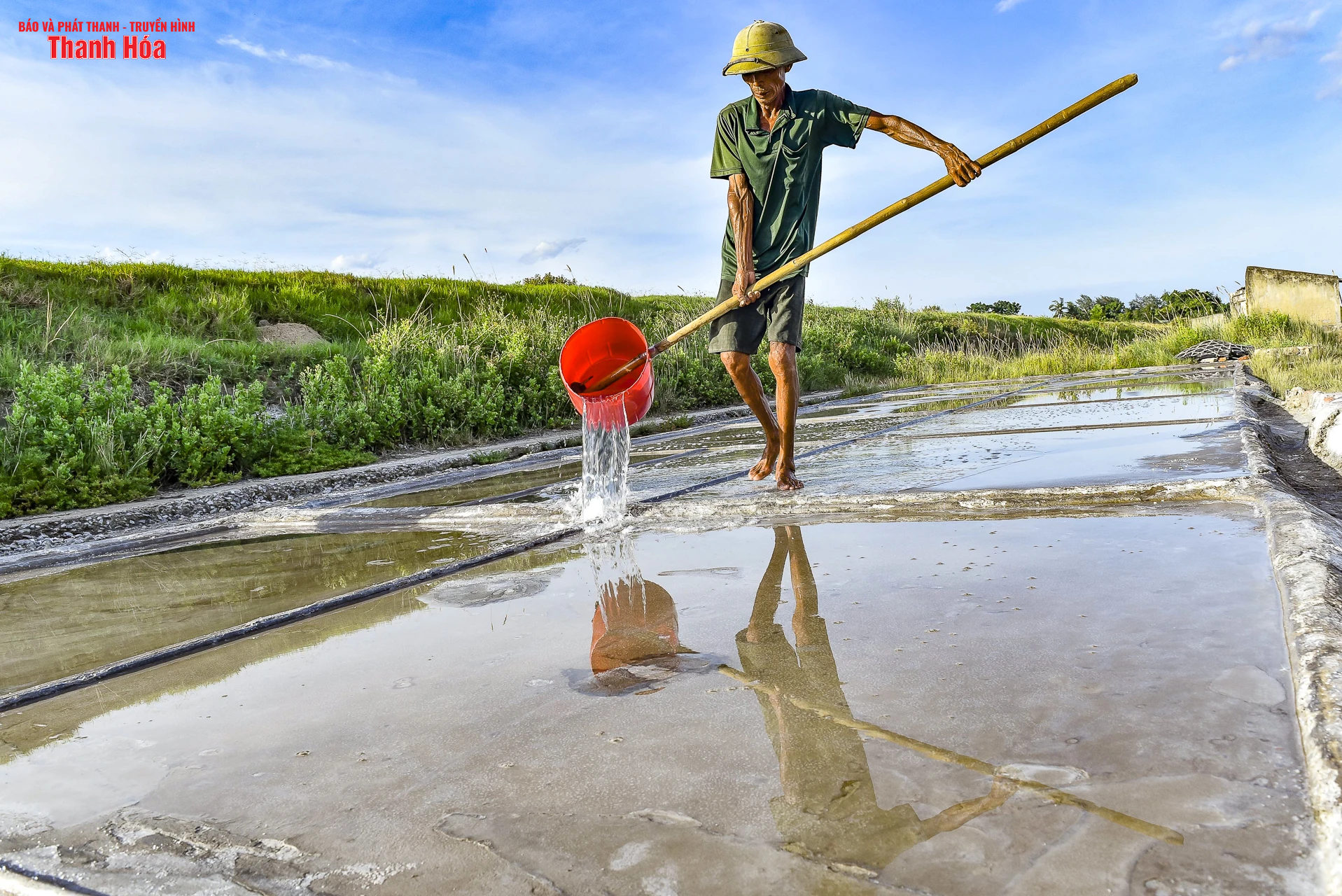
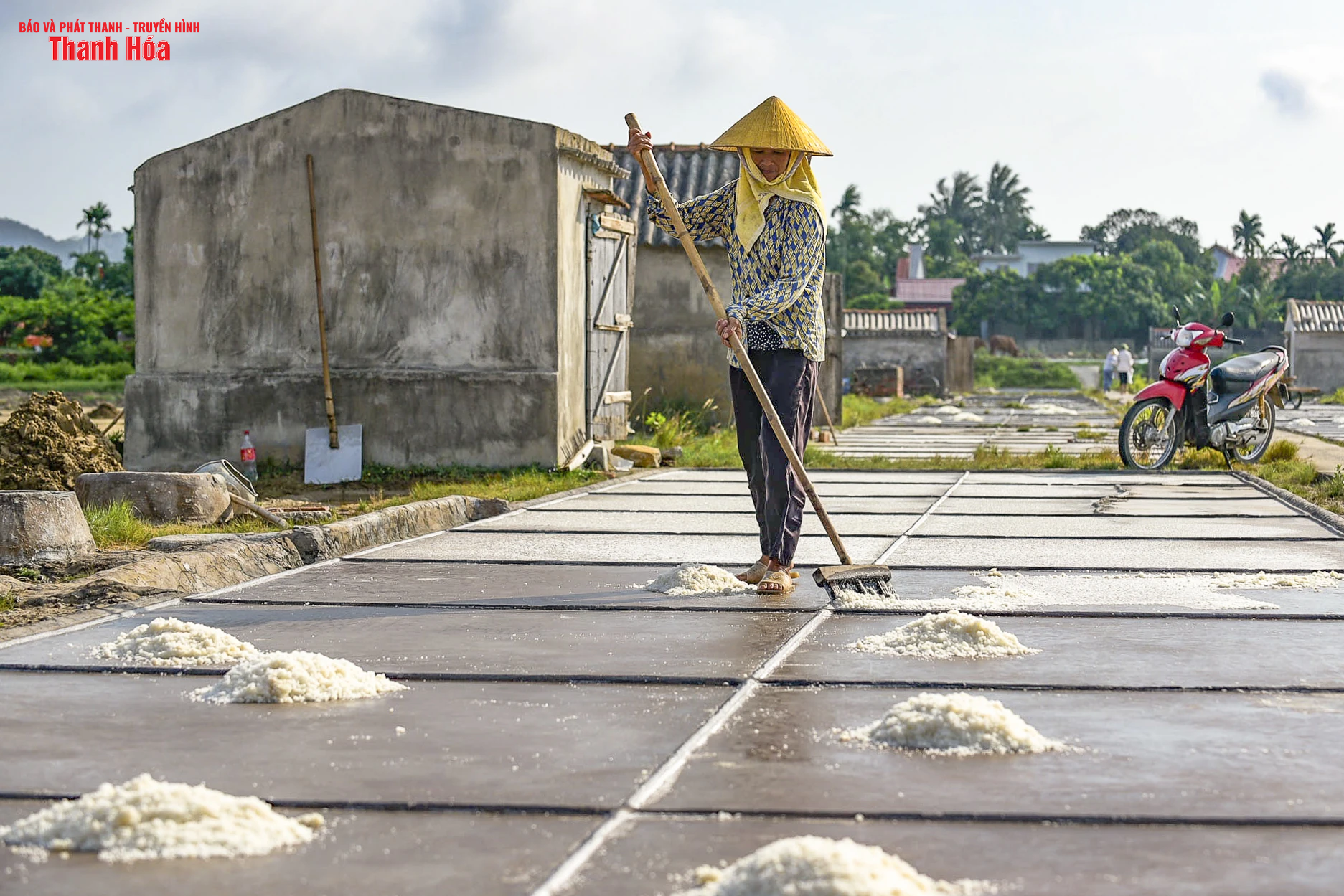
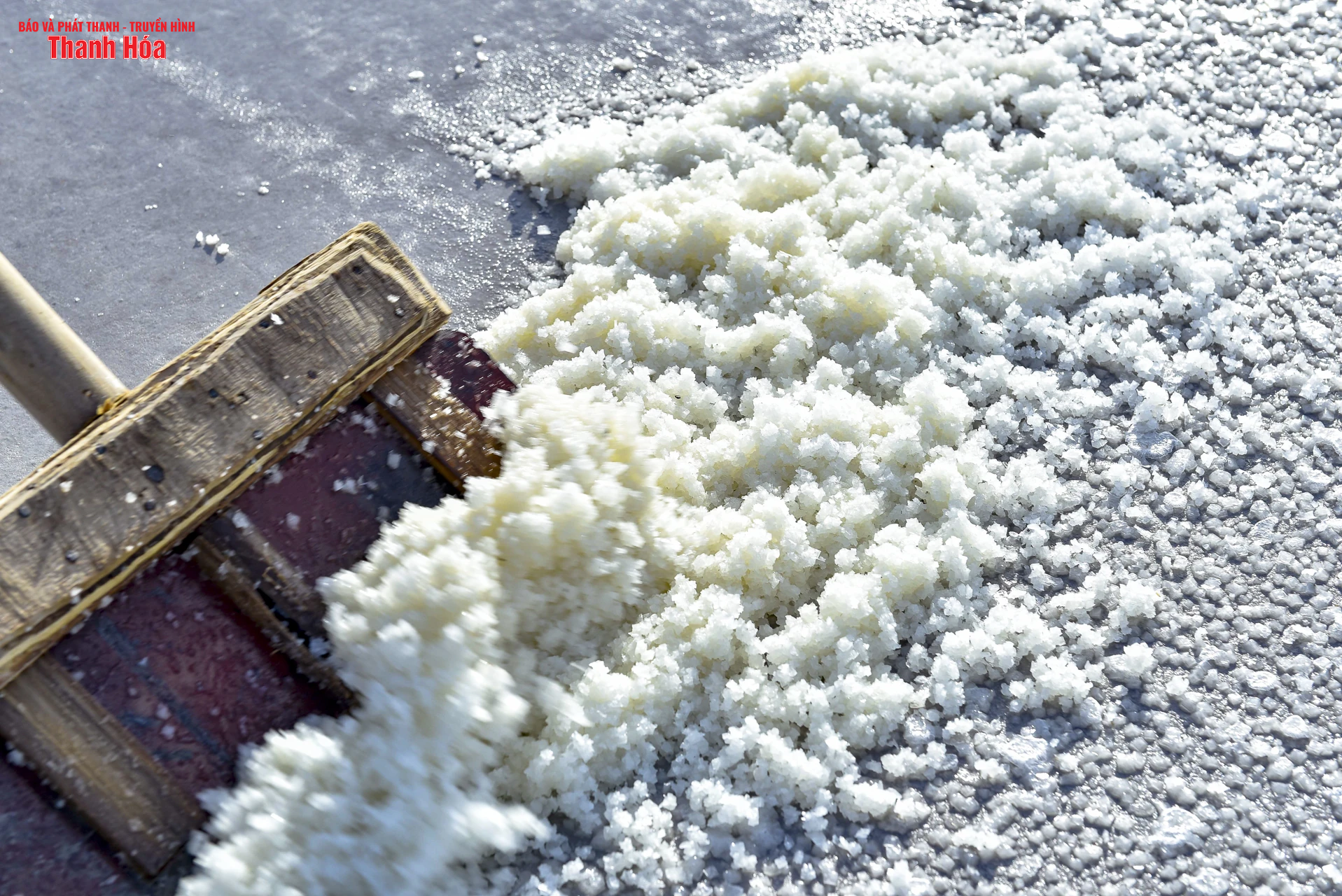
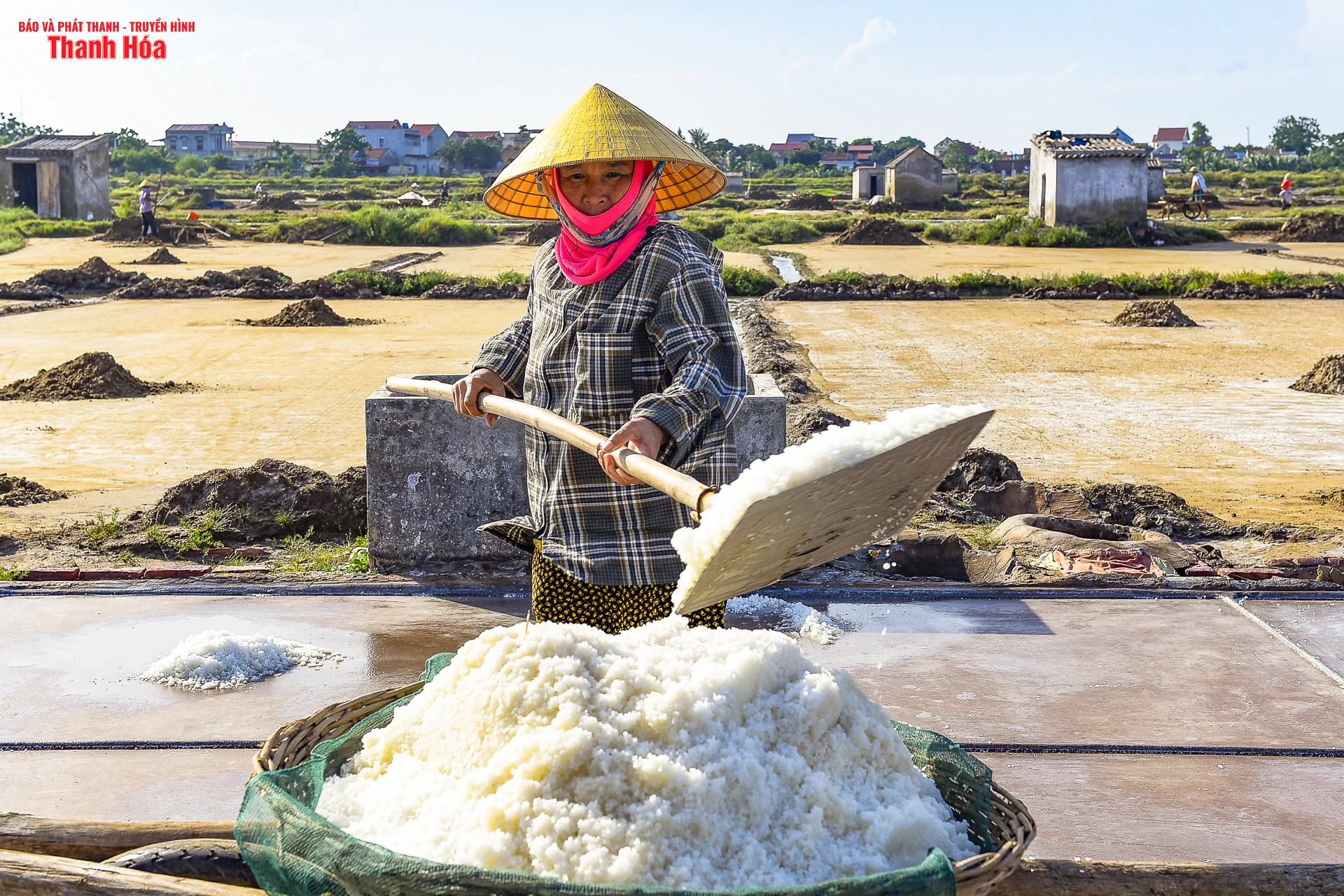
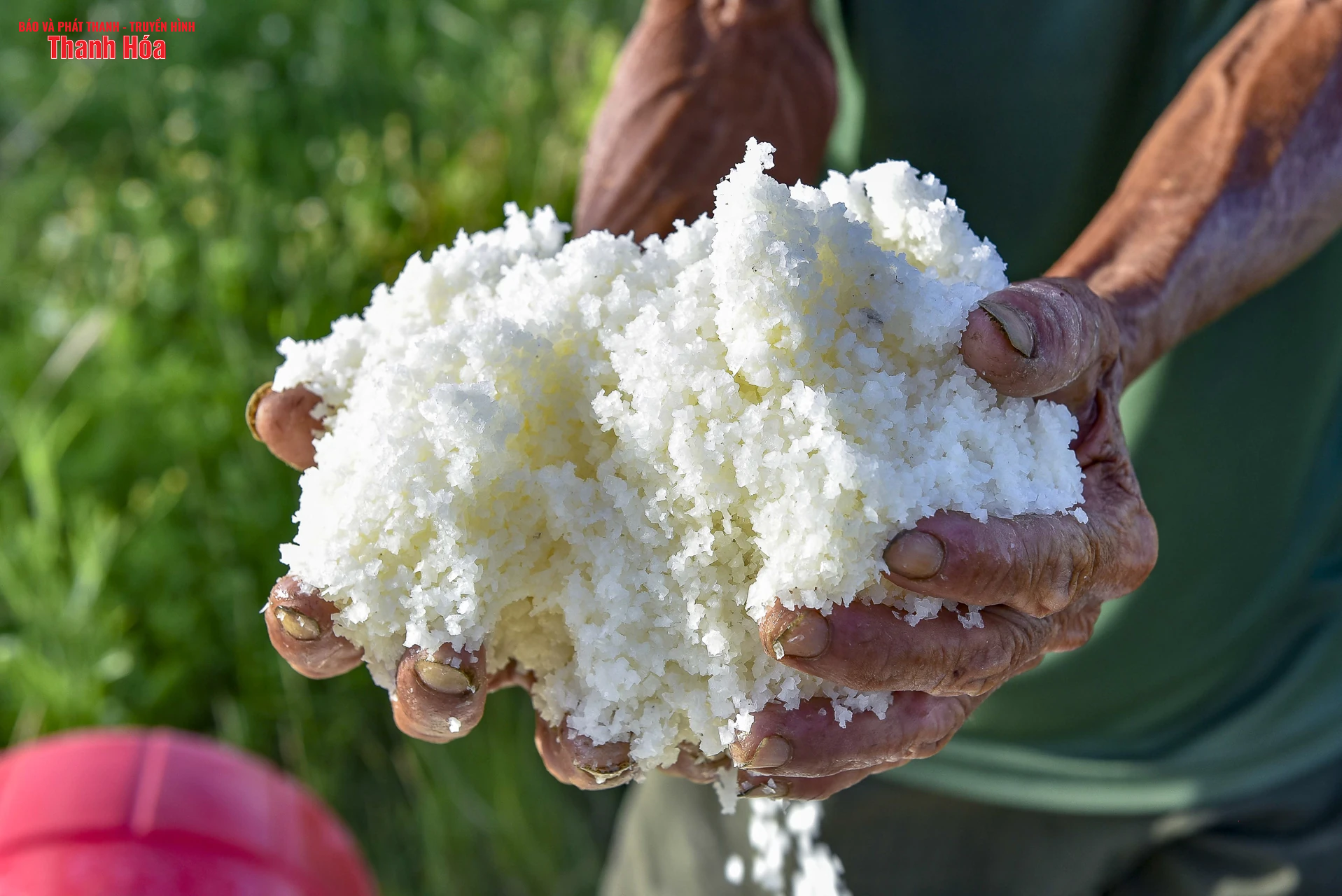
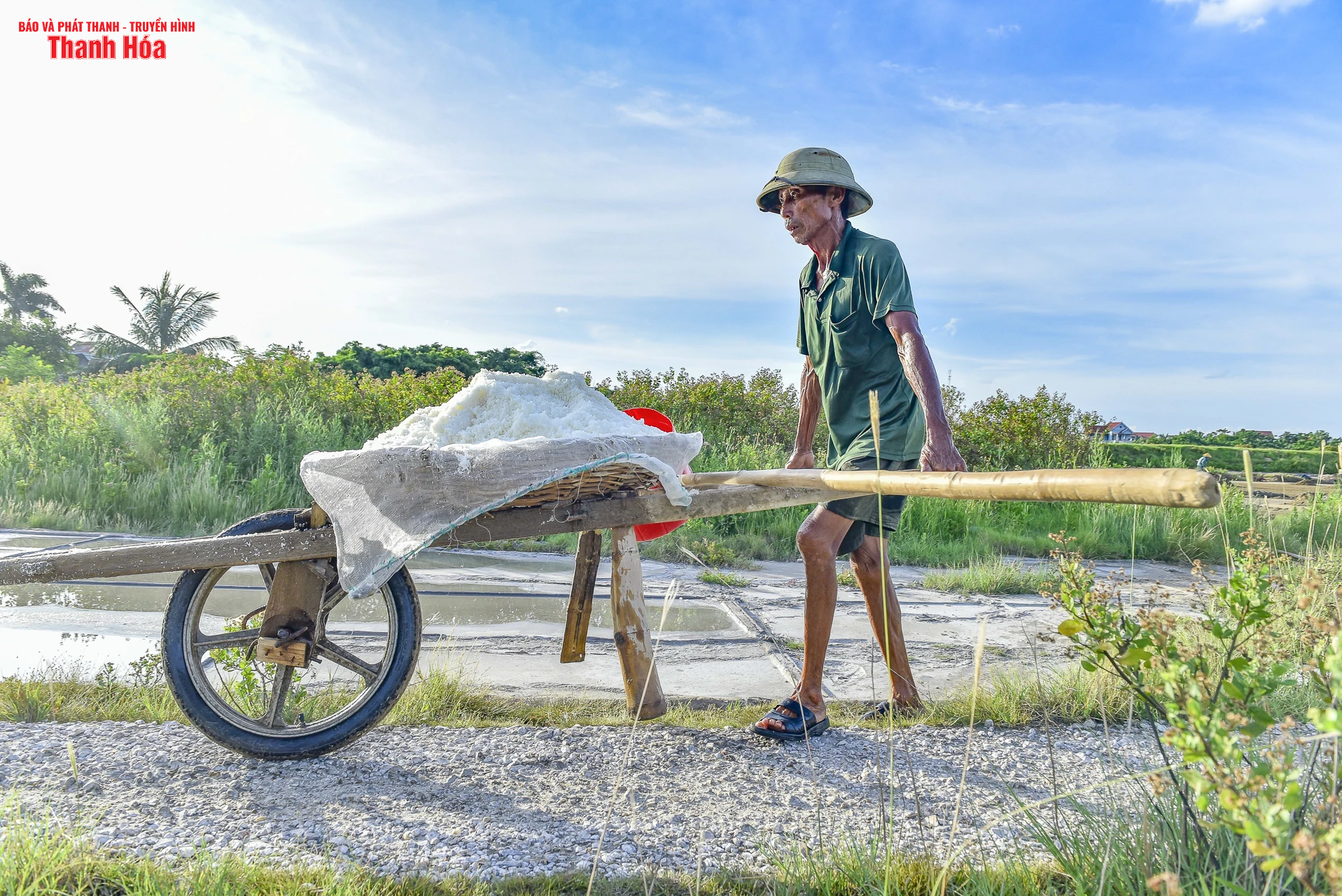
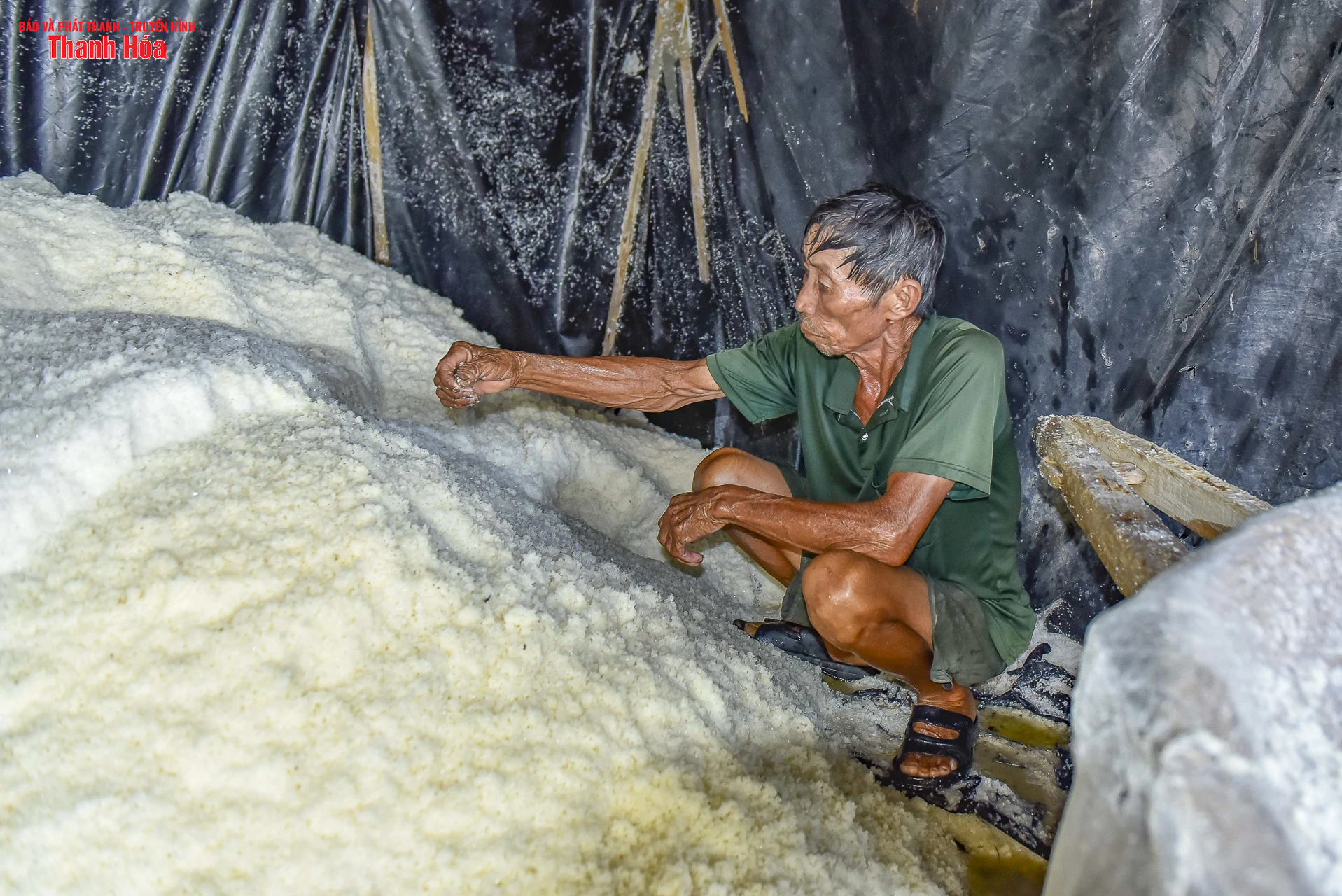






































![[Photo] Prime Minister Pham Minh Chinh attends the Conference on the Implementation of Tasks for 2026 of the Industry and Trade Sector](/_next/image?url=https%3A%2F%2Fvphoto.vietnam.vn%2Fthumb%2F1200x675%2Fvietnam%2Fresource%2FIMAGE%2F2025%2F12%2F19%2F1766159500458_ndo_br_shared31-jpg.webp&w=3840&q=75)



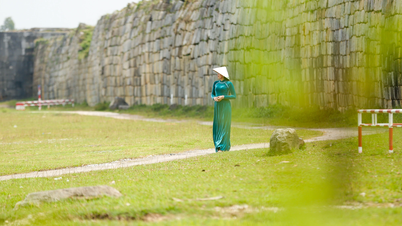



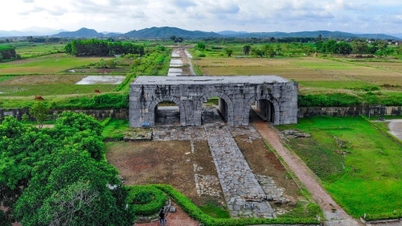




















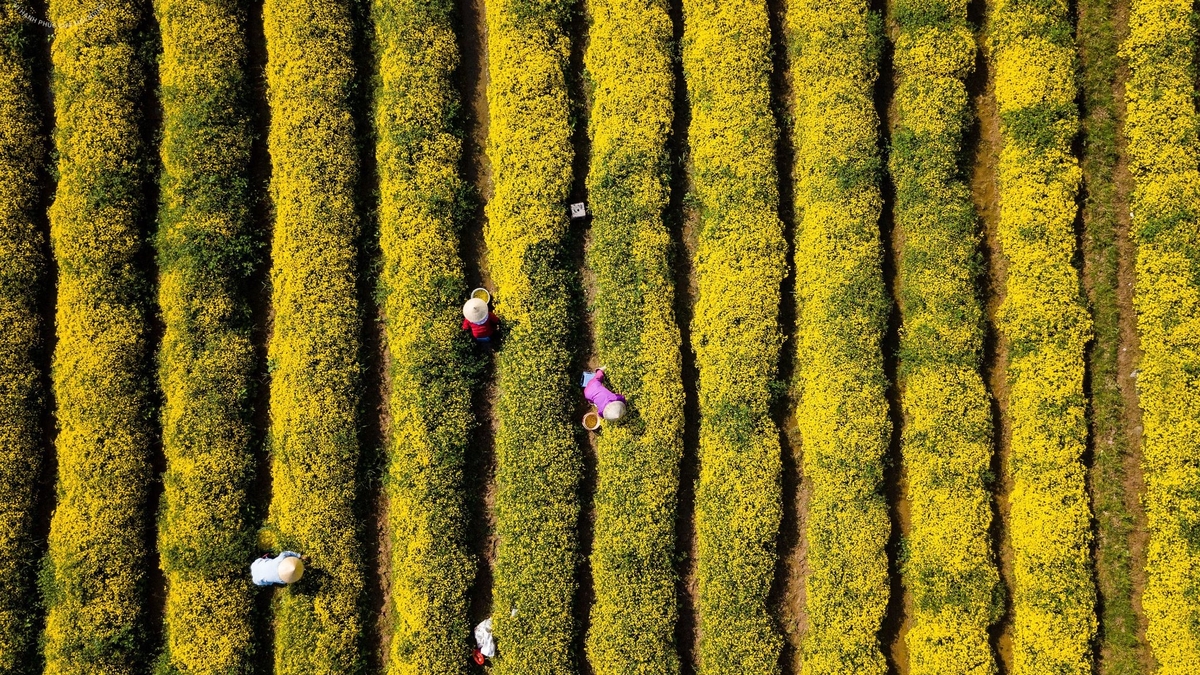





































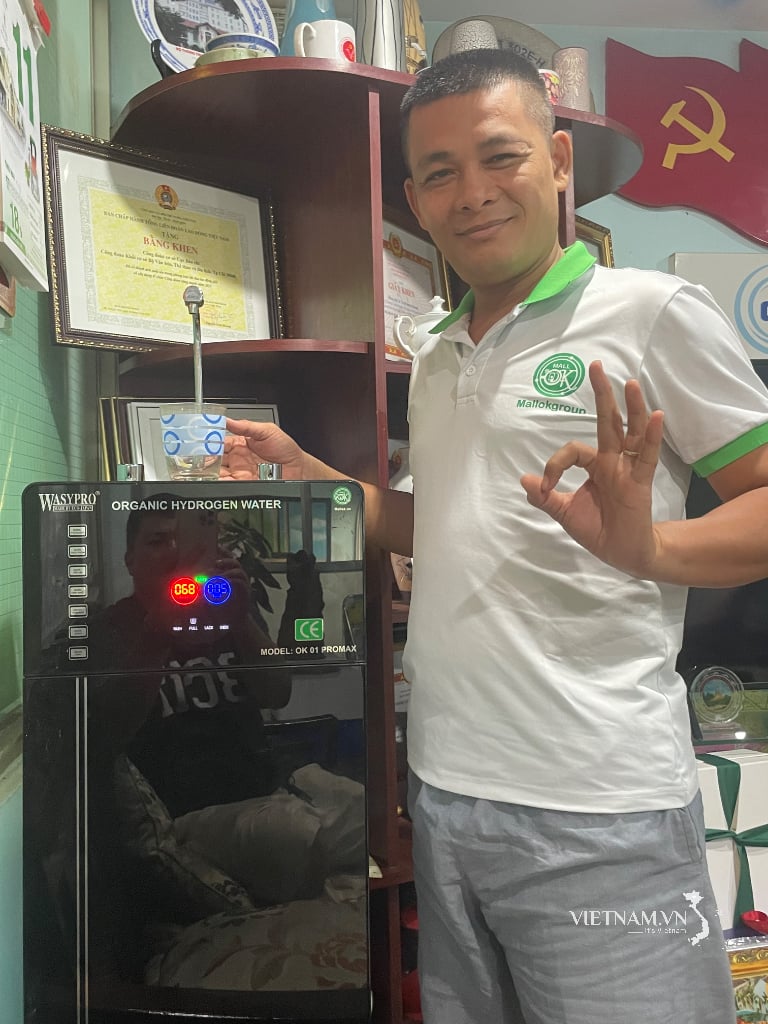
Comment (0)